R. Colin Johnson
Electronic Engineering Times
Microelectromechanical systems are revolutionizing sports, health and fitness gear by making possible scores of products that help athletes analyze and improve their performance.
MEMS devices have already modernized the pedometer with wearable accelerometers that wirelessly link with smartphone apps for sports training, rehabilitation, calorie counting and other health and fitness programs. Now, second-generation pedometers are adding gyroscopes to detect rotation, along with MEMS pressure sensors to track elevation and heart rate. The complement of sensors enables more-accurate analytics that reflect how hard an athlete is working.
Motorola Mobility Inc. recently showed a wrist-worn device that uses a Freescale MEMS accelerometer to track steps, distance traveled and speed. A pressure sensor also measures heart rate. The data is logged via Bluetooth to a smartphone, which connects to cloud services that store and analyze the data, then post health and fitness reminders to the user’s electronic calendar.
 |
| Nike FuelBand is a high-end pedometer using an accelerometer to count steps, color to provide instant feedback and software to track progress on a smartphone. |
Pedometers are just the starting line for MEMS devices in sports gear. MEMS sensors are being built into smart devices for activities such as skiing, surfing, archery, rowing, golf, tennis and swimming, as well as contact sports.
Analog Devices Inc. is sponsoring research efforts to bring MEMS technology to rowing at Dutch research center Roessingh Research and Development and to football helmets at Symbex LLC (Lebanon, N.H.). X2Impact (Seattle) is building MEMS accelerometer and gyro sensors into sports mouthguards for concussion detection.
Hillcrest Labs (Rockville, Md.) and Movea (Grenoble, France) both are helping OEMs design motion processing algorithms for sports, health and fitness applications. For instance, Movea’s MotionPods accelerometer- and gyro-scope-based IMUs are being strapped to the wrists of tennis players and golfers to enable software analytics for training and performance enhancement. Swimmers are using waterproof versions of Movea’s Nabaji to measure the lengths and times per lap.
Xsens Technologies BV (Enschede, Netherlands), has built ADI’s high-precision accelerometers and gyros into inertial measurement systems that track actors’ motions and map them onto animations for special effects in movies and other content. Xsens technology is also being applied to track and analyze athletes’ motions.
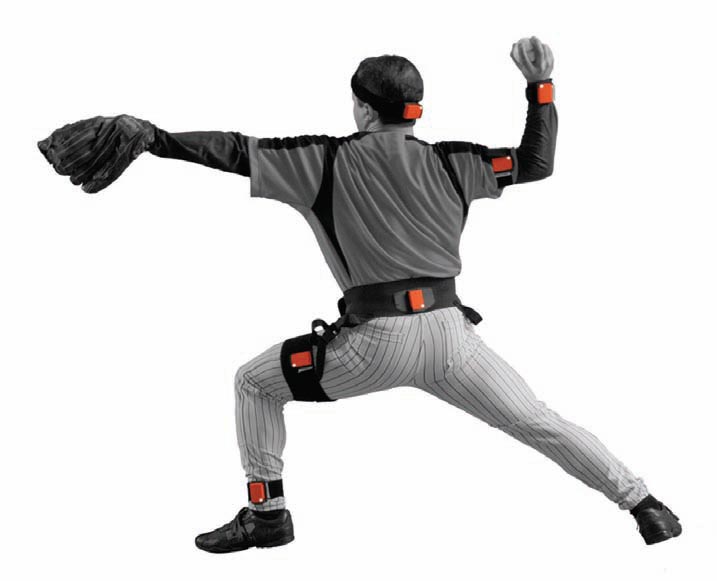 |
Xsens Technologies Xsens Technologies BV (Enschede, Netherlands) uses accelerometers and gyroscopes to track the motion of athletes for detailed performance analysis. |
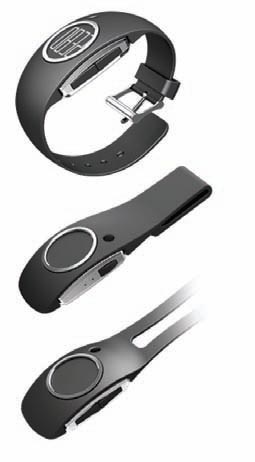 |
Lifecomm Lifecomm LLC (Atlanta) offers a pendant that uses an accelerometer to detect falls, such offering security for those living alone. |
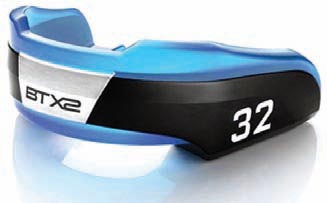 |
X2Impact X2Impact (Seattle) is building MEMS accelerometer and gyroscope sensors into sports mouthguards to detect brain injuries as concussions. |
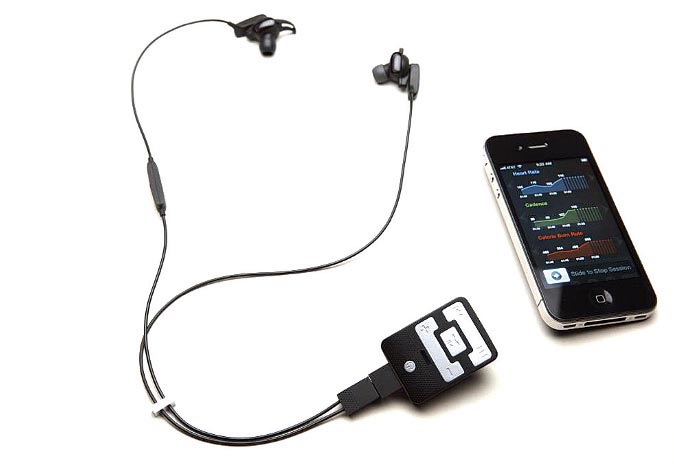 |
Valencell Valencell Inc. (Raleigh, N.C.) has a design for integrating accelerometers directly into music earbuds and headsets. |
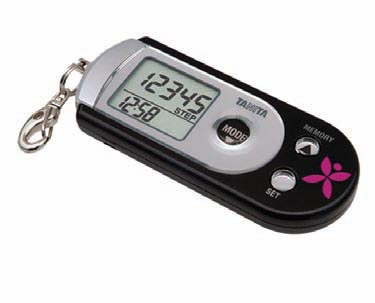 |
Tanita Tanita Corp. (Arlington Heights, Ill.) has a line of accelerometer-based activity monitors that incorporate metabolic-rate analytics, dovetailing with its body-composition sensors. |
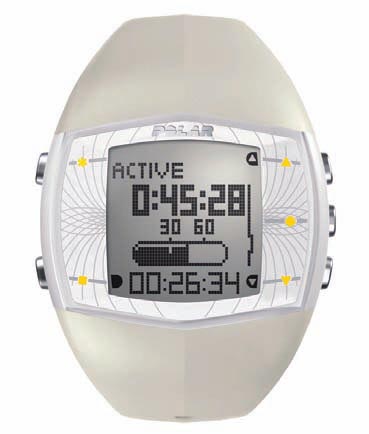 |
Polar Electro Polar Electro Inc. (Lake Success, N.Y.) offers a line of accelerometer-based wrist-wearable activity monitors that also provide access to its automated “coaches” for training, weight reduction and endurance. |
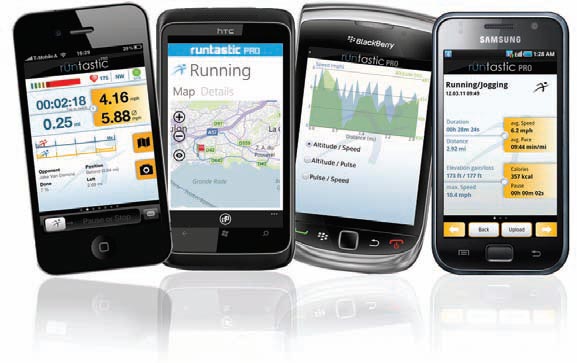 |
Runtastic Runtastic Gmbh (Linz, Austria) has a line of health and fitness apps that make use of the accelerometer and gyroscope in any smartphone, including apps for jogging, biking and winter sports. |
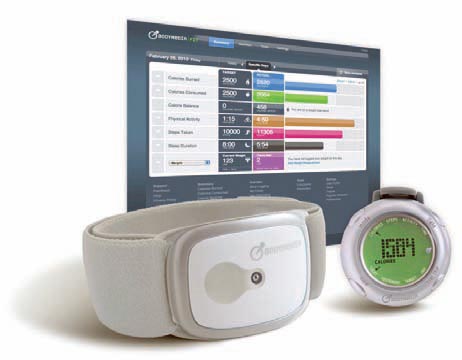 |
BodyMedia BodyMedia Inc. (Pittsburgh) uses accelerometers to track activities, but its algorithms take the extra step by providing analytics for sleep patterns as well. |
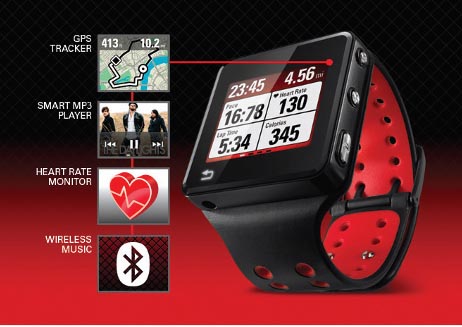 |
Motorola Mobility MMotorola Mobility Inc. recently showed a version of a wrist-worn device – the MotoACTV – that uses a Freescale MEMS accelerometer to track steps, distance traveled and speed. A pressure sensor also measures heart rate. Data logged via Bluetooth is stored and analyzed in the cloud. |
